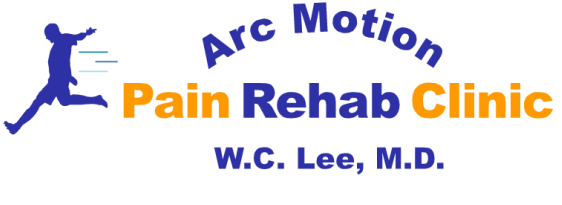
What is Plantar Fasciitis?
Plantar fasciitis (fashee-EYE-tiss) is the most common cause of pain on the bottom of the heel. Every year, approximately 2 million patients are treated for this condition.
Plantar fasciitis occurs when the strong band of tissue that supports the arch of your foot becomes irritated and inflamed
The plantar fascia is made to absorb the high stresses and strains we place on our feet. But, sometimes, too much pressure damages or tears the tissues. The body's natural response to injury is inflammation, which results in the heel pain and stiffness of plantar fasciitis.
What are the symptoms of Plantar Fasciitis?
The most common symptoms of plantar fasciitis include:
- Pain on the bottom of the foot near the heel
- Pain with the first few steps after getting out of bed in the morning, or after a long period of rest, such as after a long car ride. Pain is reduced after a few minutes of walking
- Greater pain after (not during) exercise or activity
What are some treatment options?
- Rest
- Ice: Rolling your foot over a cold water bottle or ice for 20 minutes is effective. This can be done 3 to 4 times a day.
- Nonsteroidal anti-inflammatory medications (oral or topical)
- Exercise: Calf stretching, plantar fasciitis stretch
- Cortisone injection: Cortisone, a type of steroid, is a powerful anti-inflammatory medication. It can be injected into the plantar fascia to reduce inflammation and pain. Your doctor may limit your injections. Multiple steroid injections can cause the plantar fascia to rupture (tear), which can lead to a flat foot and chronic pain.
- Supportive shoe and orthotics
- Night splints
- Physical therapy
Platelet Rich Plasma injection is a safe and may be an effective method for treating plantar fasciitis
Platelet rich plasma (PRP) injection is a non-surgical groundbreaking treatment using platelets from your own blood that may help improve plantar fasciitis. In some studies, PRP has been shown to be very effective at significantly improving plantar fasciitis pain in 88% of patients who received the PRP injection. Some studies have shown that PRP may be just as effective as cortisone injection in relieving pain without the risk of tendon rupture.
What are some of the promising benefits of Platelet Rich Plasma (PRP) injection?
- May stimulate healing (not just mask the pain) through possible repair and regeneration of tissue
- No downtime
- Simple injection that can be done in the clinic in as little as 30 minutes
- Long term pain relief
Learn more about Platelet Rich Plasma (PRP) therapy.
Need physician specialist help with your plantar fasciitis? Contact us.








 RSS Feed
RSS Feed